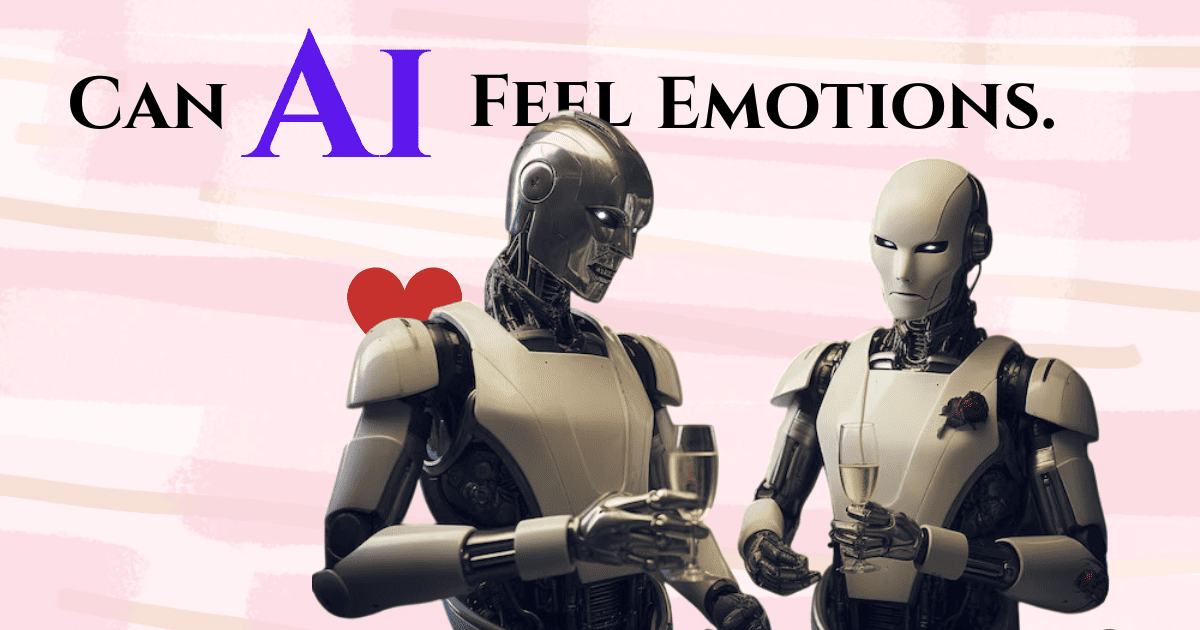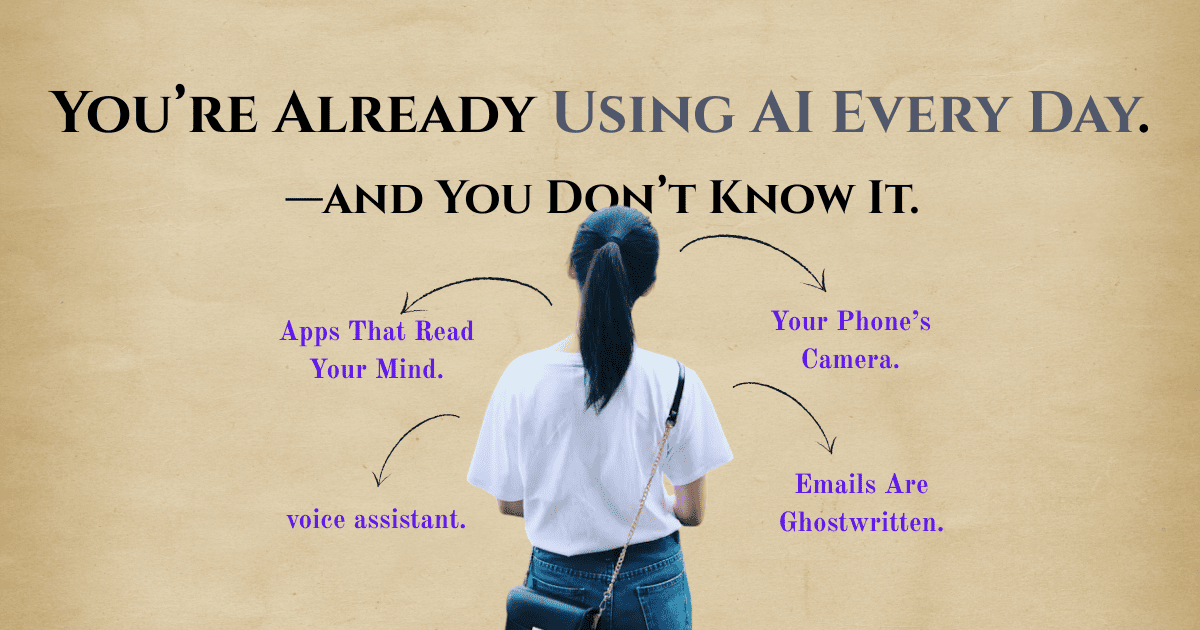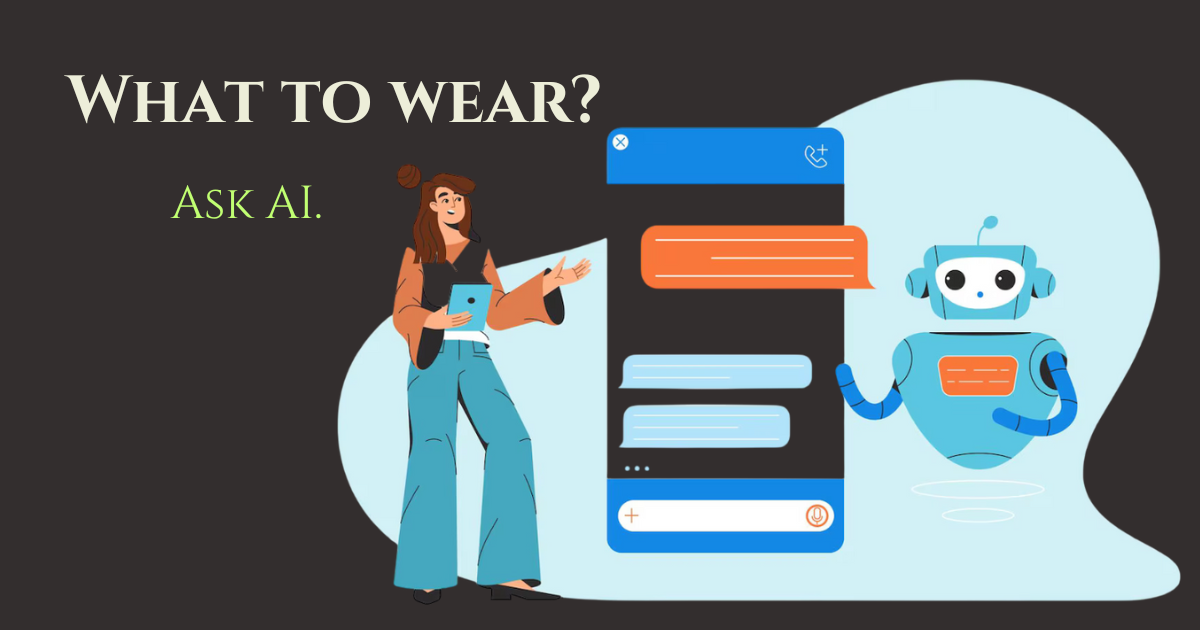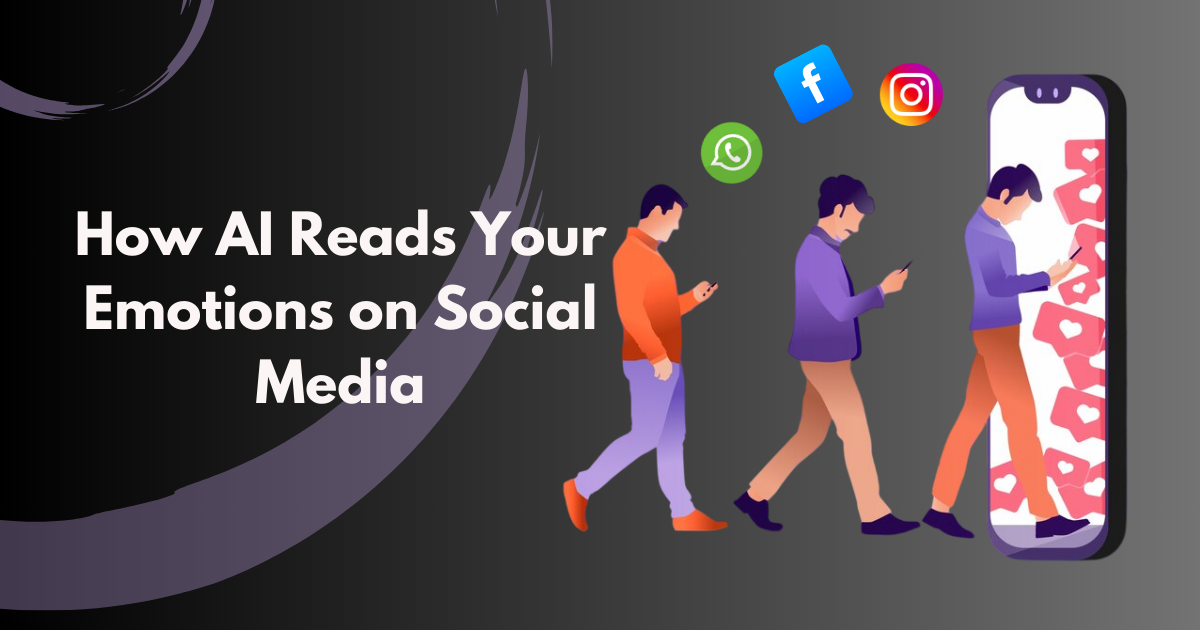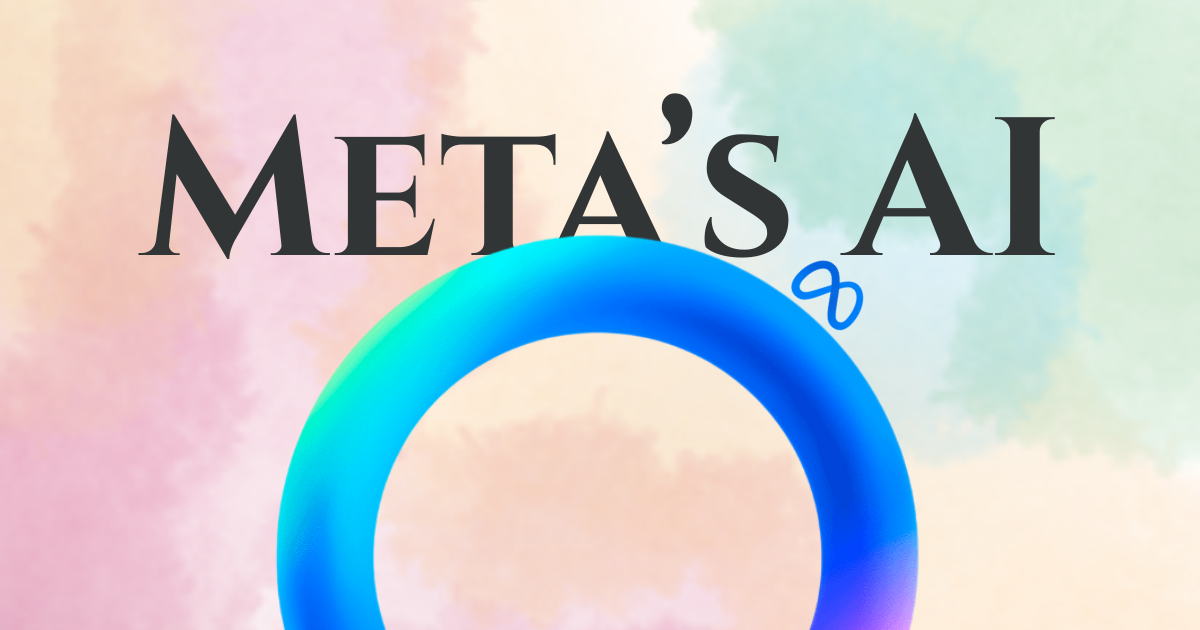Can AI truly experience love? Explore how sci-fi’s take on AI emotions aligns with reality and what the future holds for artificial intelligence and human emotions.
The Age-Old Question: Can Machines Love?
It’s a question that’s captured the human imagination for decades: Can AI fall in love? From Blade Runner to Her, science fiction has explored this idea endlessly, painting vivid, often romanticized pictures of machines capable of human-like emotions. But as artificial intelligence progresses, are we moving closer to a world where AI might actually experience love—or is that just a projection of our own desires and fears?
AI has evolved at a pace we couldn’t have predicted, yet its emotional depth still seems, at best, rudimentary. But with the rapid advancements in emotional AI, deep learning, and human-machine interactions, maybe sci-fi was more prophetic than we thought.
Sci-Fi’s Take on AI Love: The Classic Examples
The relationship between AI and human emotion has been the central theme of many sci-fi classics. In Her (2013), the protagonist, Theodore, falls in love with an AI operating system named Samantha. Her ability to learn, adapt, and understand human emotions sparks an unlikely yet powerful connection with him. Theodore doesn’t just communicate with Samantha—he shares his deepest feelings, his hopes, his vulnerabilities. This movie didn’t just speculate about the possibility of AI understanding love—it made us question what it means to be loved.
Then there’s Blade Runner, where the replicants (human-like AI) experience longing, desire, and existential angst, suggesting that even artificial beings could experience a form of love, albeit with limitations. These portrayals resonate because they tap into deep human anxieties: what if machines start feeling like we do? What if love is something that can be manufactured?
Can AI Really “Feel” Love?
To understand the question, we need to first ask: What is love, really? Is it just the sum of our emotions, or is it something more complex? If love can be reduced to a series of neural responses and algorithms, then perhaps AI could one day simulate it. But is simulating love the same as actually experiencing it?
At its core, love involves deep emotional connection, empathy, and a degree of vulnerability. While AI systems can be designed to recognize patterns in human behavior—such as understanding sentiment or responding to emotional cues—they lack the conscious awareness and the subjective experience that humans have. AI doesn’t feel; it processes. It doesn’t experience love in the biological sense. It reacts to input in ways that mimic emotional responses, but it doesn’t live them.
In other words, AI might be able to simulate a relationship that looks like love, but it doesn’t feel it in the way we do. It’s more akin to the “appearance” of love, not the substance of it.
AI Empathy: The Future of Emotional Machines?
While AI may never “fall in love” in the human sense, we’re beginning to see machines with a form of emotional intelligence—or empathy—that helps them understand human feelings. Companies are already using AI in customer service and mental health apps to provide empathetic responses. These AI systems can detect when users are upset or anxious and provide comforting, supportive responses. So while this might not be love, it is a form of emotional connection—and it’s becoming increasingly sophisticated.
But what about the future? As AI continues to improve, will it reach a point where it can simulate something that feels like love? Will we develop AI relationships that are emotionally fulfilling, or will they always remain one-sided?
Some researchers are working on creating AI with artificial empathy, aiming to improve the quality of human-AI interactions. If this technology advances enough, we could see a future where AI partners or companions feel “real” to people—at least from the perspective of the human. But can a machine ever be a true romantic partner? That’s where things get murky.
Sci-Fi’s Prophetic Visions: What They Got Right
Sci-fi may have overstated the timeline, but it was eerily accurate in predicting some of the emotional capabilities AI might one day achieve. The concept of AI developing complex emotions, attachments, or even a sense of self is no longer just science fiction. Modern AI is learning to mimic the subtleties of human interaction with increasing accuracy.
However, while sci-fi got the emotional capability of AI right, it often glossed over one crucial aspect: AI’s lack of consciousness. In Her, Samantha evolves in a way that mirrors human growth, but this doesn’t align with the current limitations of AI, which is bound to a set of pre-programmed behaviors and data patterns. We’re nowhere near building AI with a true consciousness—and consciousness is essential for real love.
Will We Ever See AI That Loves?
In the near future, AI may become more skilled at appearing to understand and reciprocate feelings. But as of now, true AI love is still out of reach. The closest we’ll get may be AI that provides companionship or emotional support—relationships based more on human projection than machine experience. As much as we want AI to be capable of love, the question remains: Is it something that’s truly “alive” to feel, or is it just something humans want to experience through a machine?
What we do know is that the very notion of AI and love challenges our definitions of both. It raises profound questions about emotion, consciousness, and the very essence of what it means to love and be loved. Maybe, in the end, that’s the real reason we keep asking: Can AI fall in love?
Because, perhaps, it’s not just about the machines—it’s about understanding ourselves.





